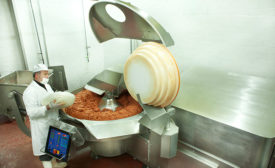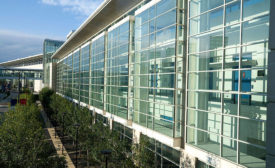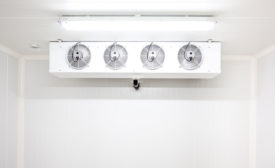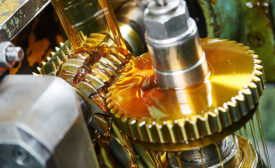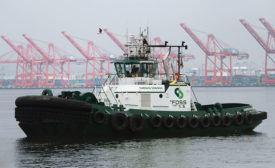Meat and Poultry Processing
Process Tech
Water and energy are key expenses for meat and poultry plant operators, but focusing on conservation can enable facilities to cut costs while maintaining performance levels.
Read More
Processing Tech
Mixers and blenders: Food safety in the mix
Mixers and blenders are adding increased sanitary design and automation features.
Read More
Guest Column
Optimizing inspection for meat processors
The state of robotics and automation.
Read More
Food Safety
Don’t save bad pennies by sticking with older meat and poultry plants, equipment
Older plants and equipment that still function well often pose significant, continual challenges for operators seeking to meet sanitation requirements.
Read More
Protein Problem Solver
Automated box chillers help Koch Foods satisfy QSR demand
January 16, 2017
Supply Chain
The refrigerated and frozen foods supply chain
Innovate today for safer tomorrow
January 12, 2017
Stay ahead of the curve. Unlock a dose of cutting-edge insights.
Receive our premium content directly to your inbox.
SIGN-UP TODAYCopyright ©2024. All Rights Reserved BNP Media.
Design, CMS, Hosting & Web Development :: ePublishing



